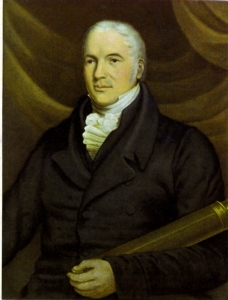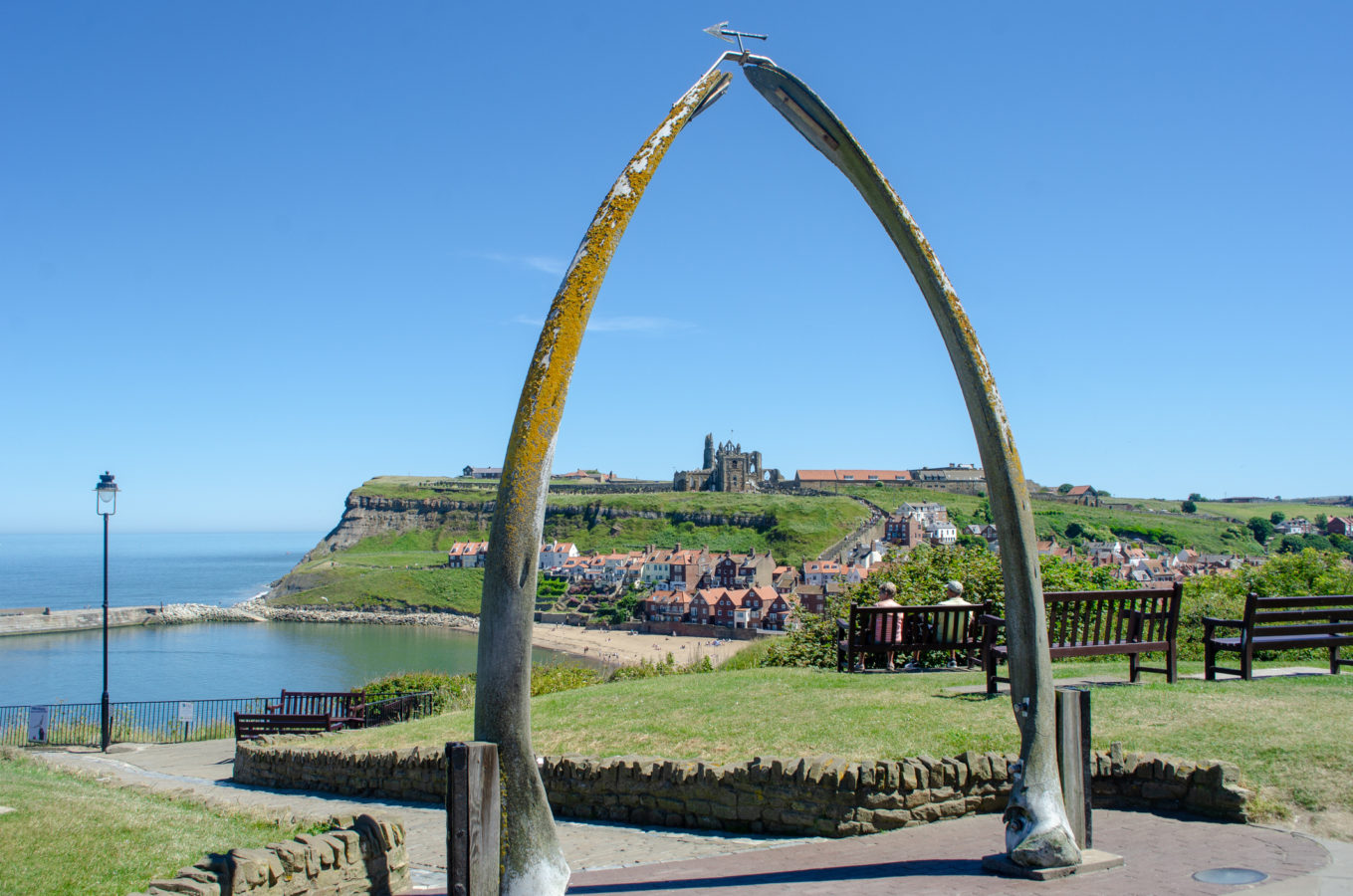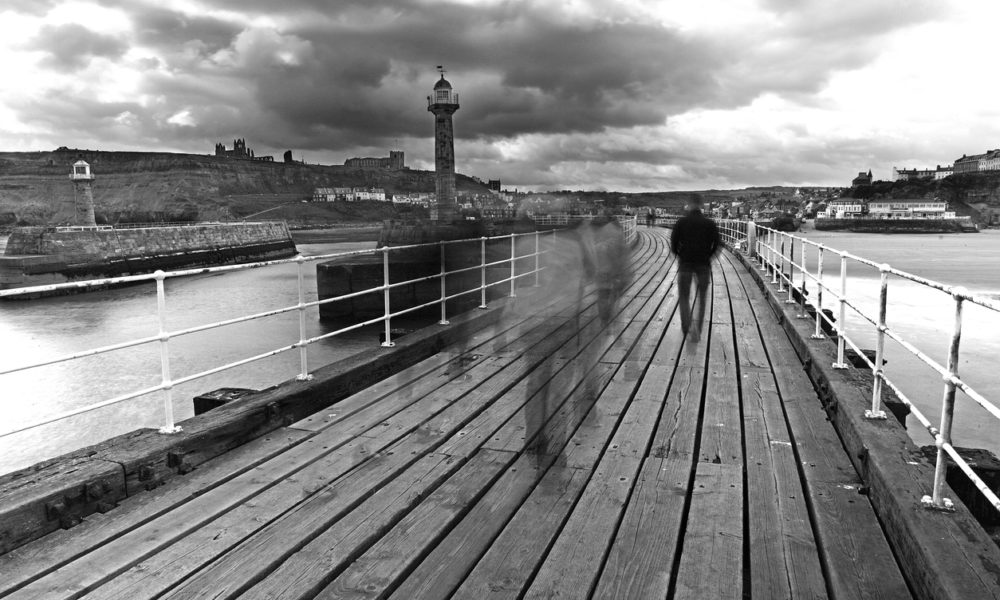The History of Whaling in Whitby
The Whitby Whaling Company was first established in 1753 by local merchants and started off with just two ships.
The first year in business proved to be rather unsuccessful with the ships only catching 3 whales. The following year another two ships were added to the fleet in the hope of improving ‘the catch’. The Whitby crews were also quite inexperienced so in 1754, as well as having the extra ships, experienced Dutch Harpooners were employed by the company.
Although Whaling offered an income to the locals of Whitby the trips out to Greenland were not an easy way to earn a living. Many lost their lives out at sea in the dangerous wild waters and extreme weather conditions.
The whaling fleet increased to 55 ships over time and it is said that by 1883, when the industry came to an end, 2761 whales had been brought back into Whitby harbour. Once landed, the Whale blubber was rendered down to oil in the boiler houses by the harbour. The oil was used for burning in lamps, making soap and candles. The skin was used for leather, cartilage for glue and the bones for making ‘stays’ in corsets. As you can imagine, the rendering of the blubber was not a pleasant odour!

One of Whitby’s best skippers was William Scoresby, he was regarded as the most daring and successful of all the ‘Whalers’. He made 30 trips and captured 533 whales, more than any other European whaler. More about William Scoresby another time!
Locals used to watch for the ships returning into harbour. If they had a good catch onboard a whale jawbone would be attached to the mast as a sign of a successful haul. If you have ever been to Whitby, you will probably have seen the huge whalebone arch up on West Cliff. The original jawbones were erected in 1963, a rather impressive 19ft high! In 2003, due to their poor condition and decay, the original arch was replaced with another set of jawbones. The new jawbones came from a Bow Head Whale and were donated by Whitby’s sister town of Anchorage, Alaska. They were found abandoned after a legal hunt by native Inuits on Alaska’s northern coast.


